Concordian Dawn - Medieval Song from Aristotle to Opera (Extended Version) (2023)
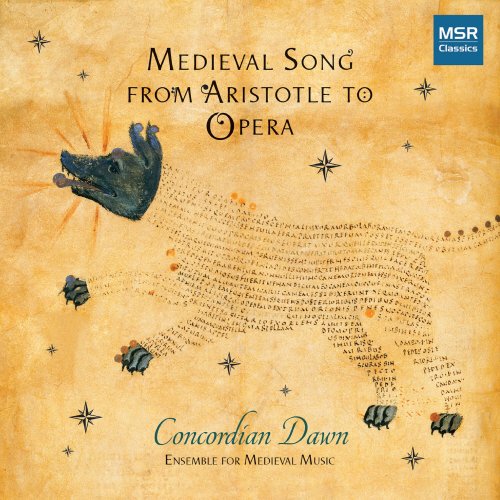
Artist: Concordian Dawn
Title: Medieval Song from Aristotle to Opera (Extended Version)
Year Of Release: 2023
Label: MSR Classics
Genre: Classical
Quality: flac lossless (tracks)
Total Time: 02:14:51
Total Size: 556 mb
WebSite: Album Preview
TracklistTitle: Medieval Song from Aristotle to Opera (Extended Version)
Year Of Release: 2023
Label: MSR Classics
Genre: Classical
Quality: flac lossless (tracks)
Total Time: 02:14:51
Total Size: 556 mb
WebSite: Album Preview
01. Phebi claro nondum orto iubare - Alba of Fleury-sur-Loire) (Melody reconstructed by Christopher Preston Thompson)
02. In virtute nominum, Decens carmen edere, Clamor meus
03. Joie, plaisance, et douce nourriture (Chant royale from Le remede de fortune)
04. Ensement com la panthere
05. Volez vous que je vous chant?
06. Nés qu’on porroit (Ballade from Le livre du voir dit)
07. Tieus rit au main qui au soire pleure (Complainte from Le remede de fortune)
08. Can lo boschatges es floritz (Melody borrowed from Bernart’s En consirer et en esmai)
09. Entre.l Taur e.l Doble Signe (Melody from Bertran’s Rassa tan cries)
10. En amer a douce vie (Balladelle from Le remede de fortune)
11. Qui sofrir s’en pogues (Melody borrowed from Aimeric’s Atressi.m pren quom fai al jugador)
12. En greu pantais m’a tengut longamen
13. Qui bien aimme a tart oublie (Le lay de plour)
14. Tunc me discussa (Melody reconstructed by Christopher Preston Thompson after Sam Barrett and Benjamin Bagby)
15. Domna, dels angels regina: Melody borrowed from Riquier’s Karitatz et amor e fes
16. En esmai et en confort (Chantepleure)
17. Amar dei (Melody borrowed from Peire’s Amis Bernart de Ventadorn)
18. Atressi com lo leos
19. D’aiso laus Dieu (Melody borrowed from Exorta Bethsaida as transmitted by Cantus Index)
20. Deserto sulla terra (Il trovatore) (Arr. Christopher Preston Thompson)
Medieval Song from Aristotle to Opera is the title of an interdisciplinary publication and recording project by Sarah Kay and Concordian Dawn that focuses on medieval French and Occitan troubadour and trouvère song, inset lyrics in narratives such as those of Guillaume de Machaut, and selected polyphonic songs and motets. This album represents a portion of the fruits of this collaboration, bringing some of the musical recordings to a wider audience.
Our collaboration explores what Kay terms “ecologies” of song and the distinctive voices they give rise to. On this CD you can hear the singing of the stars and sun in the dawn sky (“Phoebi claro”); voices that sing with breath inhaled from―or inspired by―celestial beasts, as their spirit filters down to the earth (“Ensement com la panthere”); song provoked by the touch of personified, abstract presences (“Tieus rit au main,” “Joie, plaisance,” and “En amer” from Le Remede de Fortune); singing that emanates from the singer’s immediate natural surroundings and draws connections between voice, air, life or death, and the soul (“Can lo boschatges,” “Entre.l Taur”); the seductive-yet-lethal sound of the Siren, audible in the quasi-muse-like, flute-and-harp playing half-human-half-beast who sings, but whose song is never exactly recorded or notated (“Volez vous,” “Joie, plaisance,” In virtute/Decens/Clamor); and the sound of internalized song that is as much (if not more) imagined and desired as it is heard (“Nés qu’on porroit”).
Kay describes this method of approaching these songs as “operatic reading” because she wants to emphasize the multimedia, multisensory nature of their performance and manuscript transmission. She does not use “operatic” to mean a performance style and the term has no qualitative bearing on vocal timbre or production. Instead, it aims to integrate the songs to specific audio-visual (and even tactile) environments.
Imagining the sound of medieval song involves a continual negotiation with loss and discovery. The original sound of medieval song, as we know, is forever lost to us. Even if we knew exactly how it would have sounded those many centuries ago, our historical distance prohibits us from perceiving it in the same way that one would have then, and it will never enter our consciousness and “inspire” us as it would have a medieval listener. Yet, reimagining its sound world in an effort to discover what medieval song might have sounded like does inspire us in its own right, little by little bringing us closer to an adequate realization of our own place in time.
As Kay observes, “unconfined to its time, de-realized, displaced, and remade in imagination, medieval song will continue being recreated and heard where it is not”. Our reinterpretation of these songs participates in this process of discovery and loss in an effort to imagine how the songs might have sounded in the Middle Ages, knowing all the while we will never recapture the medieval soundscape. The whole process is a thought project that begins with the anticipation of losing while hoping to find glimpses of medieval soundbites.
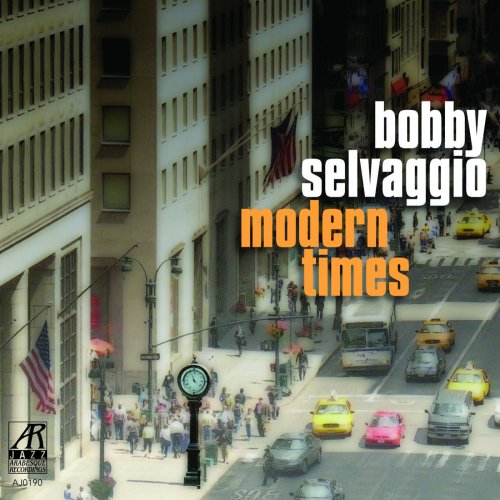
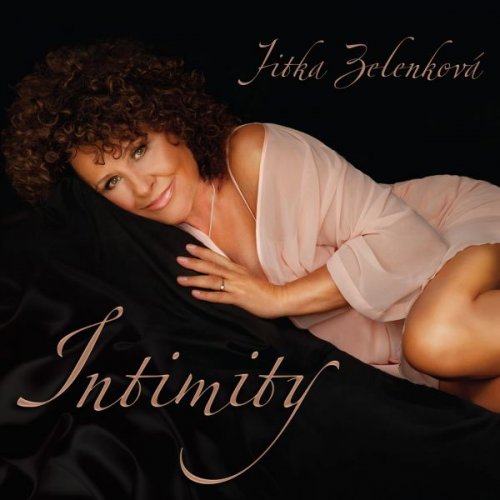
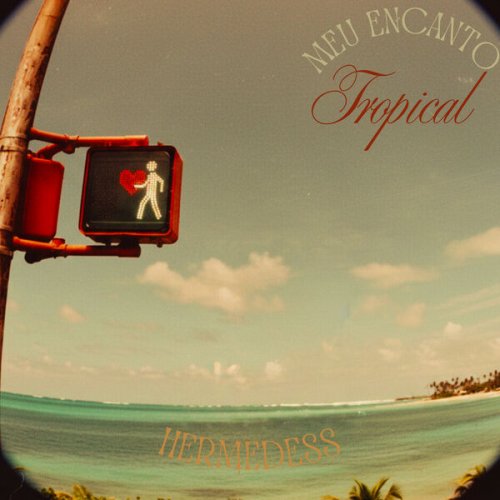
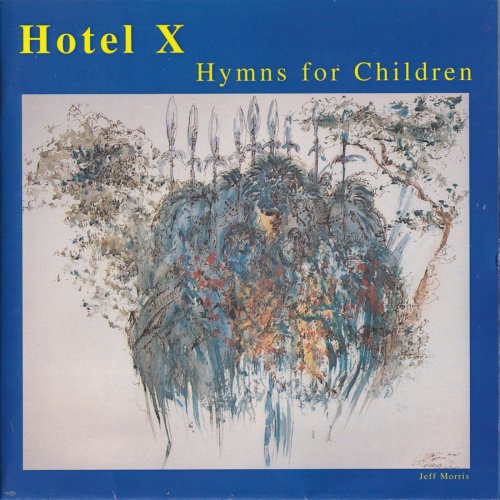

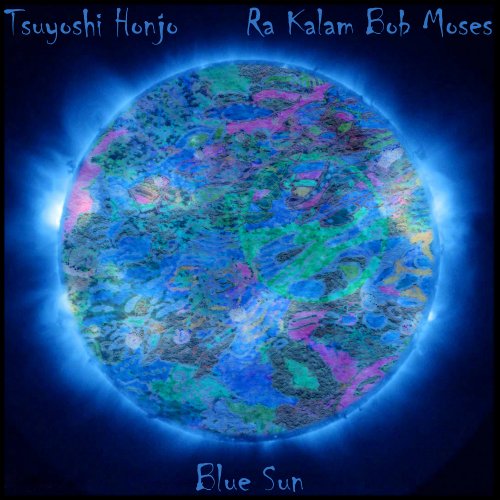
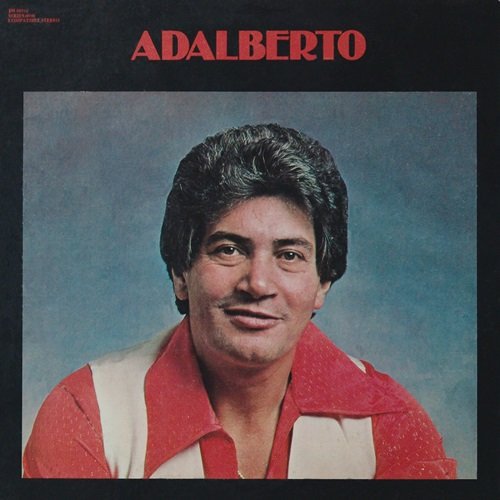
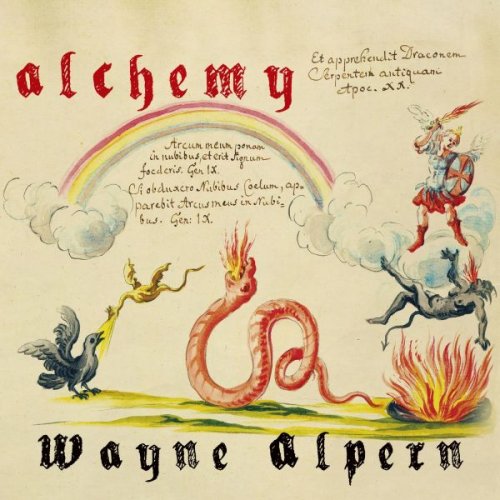
![Patrick Gibin - Let It Go / Joint Purpose / In This Together (The Joaquin Joe Claussell Remixes) (2025) [Hi-Res] Patrick Gibin - Let It Go / Joint Purpose / In This Together (The Joaquin Joe Claussell Remixes) (2025) [Hi-Res]](https://www.dibpic.com/uploads/posts/2026-01/1767515269_a0142682780_10.jpg)